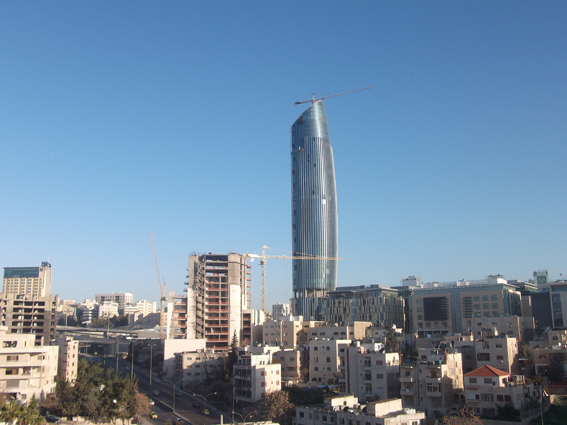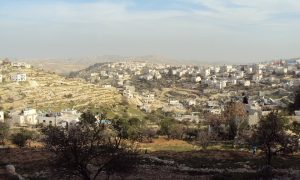The Jordanian real estate market and construction sector
The real estate market in Jordan has experienced a substantial rise in trading operations during 2013, coupled with high prices which have boosted investor confidence and encouraged more contractors to enter this sector. In addition, the increase in real estate trading, in parallel with the improvement in overall economic performance, meant that the Kingdom witnessed real growth in gross domestic product for the first nine months of last year of 2.8%.
The main sectors, finance, insurance, real estate and business also contributed to the stability of the political and security situation in the Kingdom compared with the situation prevailing in the neighbouring countries, which helped boost the flow of Arab investments into the real estate sector.
The volume of trade in the real estate market during 2013 was 6.3 billion dinars, showing an increase of 800 million dinars or 13% improvement on 2012. Amman had the largest share of the operations of the real estate market with 75% of the volume. While Property sale transactions during 2013 totaled 98,581 sales.
The number of property sales to non-Jordanians saw most properties going to Iraqi buyers (1,796), then to Saudis (863), Kuwaitis (757), followed by Syrians with only 376 sales.
In terms of the investment in the real estate market, Iraqi investors ranked first with overall investments amounting to 204.8 million dinars, 50% of the size of the total market value for non-Jordanians. The Saudis came in second at 58.6 million dinars (14%), followed in third place by those holding Syrian nationality with 23.7 million dinars (5.8%), and fourth place by those holding American nationality spending 22.8 million dinars (5.6%).
Construction sector
In 2012, the percentage of Jordanians employed in the construction sector was 6% of all those aged 15 years old and above. This demonstrates the importance of this sector in reducing the overall unemployment rate.
At the end of 2013, the total number of constructors registered as working in the housing sector was 2,700 companies, 70% of them in the capital, Amman.
As for building permits, the number of licenses granted reached 34,311, with approximately 44.4% of them for projects based in the capital.
Increasing credit facilities
The balance of the credit facilities granted to the construction sector stood at 4.1 billion dinars at the end of 2013, an increase of 11% year-on-year with 2012. It is worth mentioning that the credit facilities extended to this sector account for about 21.6% of the total direct credit facilities.
*1USD = JD 0.71
Sources:
Jordan Central bank
Jordan Statistics Bureau
International Monetary Fund – IMF
World Bank – Jordan Economic Monitor
Euler Hermes SA
Iskan Bank publications.


























